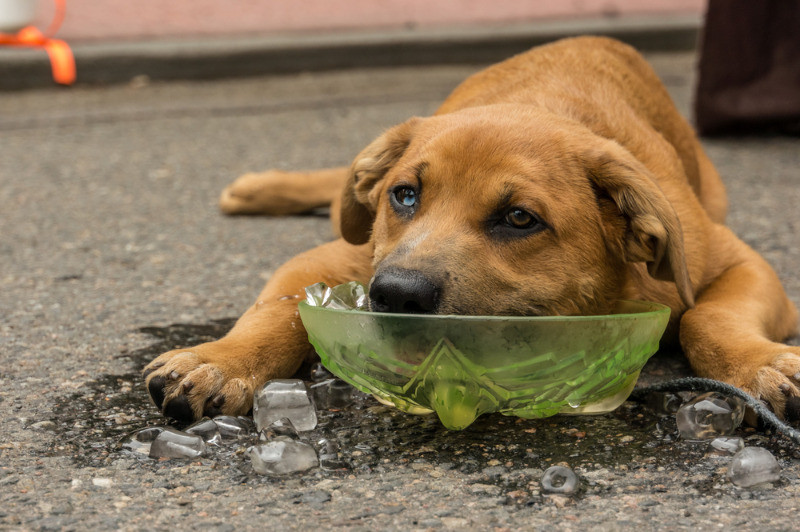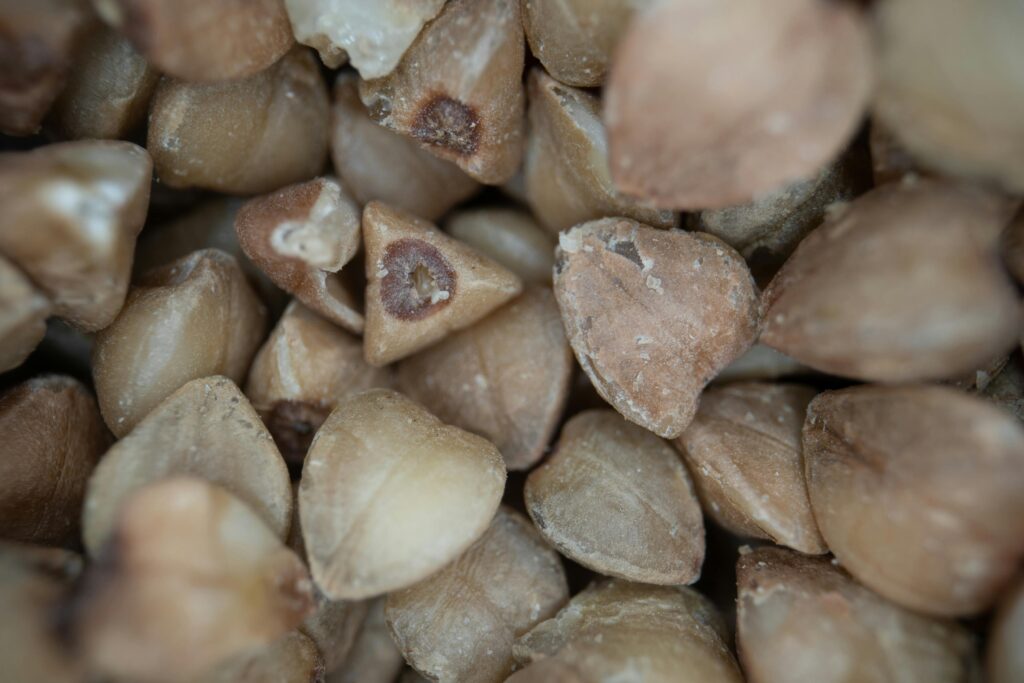We all want our furry best friends to be happy, healthy, and full of energy. A big part of that comes down to what they eat! While most commercial dog foods claim to be complete and balanced, sometimes they fall short in providing all the nutrients your pup needs. Even homemade meals, if not properly planned, can miss some key nutrients. In this blog, we’ll explore some of the most common nutritional gaps in dog diets, how they can affect your pup’s health, and easy ways to fix them with scientifically backed recommendations.
1. Not Enough Protein
Why Do Dogs Need Protein?
Protein is a crucial macronutrient for dogs. It supports muscle development, tissue repair, immune function, and metabolic processes. Proteins are composed of amino acids, and while dogs can synthesize some of them, essential amino acids must come from their diet.
Signs Your Dog Might Be Lacking Protein:
- Muscle loss or weakness
- Feeling tired or sluggish
- A dull or brittle coat
- Slow healing of wounds
- Increased susceptibility to infections
How to Fix It:
Choose high-quality protein sources like chicken, beef, fish, turkey, and eggs. Ideally, a dog’s diet should contain at least 18% protein for adult dogs and 22% for growing puppies, as recommended by the Association of American Feed Control Officials (AAFCO). If you prepare homemade meals, consult a veterinarian or pet nutritionist to ensure proper amino acid balance.
2. Missing Out on Healthy Fats
Why Are Fats Important?
Fats provide energy, support cell function, help absorb fat-soluble vitamins (A, D, E, and K), and maintain healthy skin and fur. Omega-3 (EPA and DHA) and omega-6 fatty acids play a vital role in reducing inflammation and promoting brain health.
Signs of Fatty Acid Deficiency:
- Dry, flaky skin
- Excessive shedding
- A dull coat
- More frequent infections
- Increased joint stiffness
How to Fix It:
Ensure your dog’s diet contains sources of omega-3s like fish oil, salmon, and flaxseed, and omega-6s from chicken fat, sunflower oil, or safflower oil. The recommended omega-6 to omega-3 ratio for dogs is between 5:1 and 10:1 for optimal health. It’s one of the most Common Nutritional Gaps.
3. Vitamin Shortages
Vitamin A:
- Why It’s Important: Helps with vision, immune function, and skin health.
- Signs of Deficiency: Night blindness, dry skin, slow growth, and reproductive issues.
- Best Sources: Liver, eggs, carrots, sweet potatoes, and dark leafy greens.
Vitam D:
- Why It’s Important: Helps absorb calcium and phosphorus for strong bones.
- Signs of Deficiency: Weak bones, muscle tremors, lethargy, and rickets in puppies.
- Best Sources: Fish, egg yolks, liver, and fortified dog foods.
Vitamin E:
- Why It’s Important: A powerful antioxidant that protects cells and supports the immune system.
- Signs of Deficiency: Muscle weakness, neurological issues, and fertility problems.
- Best Sources: Sunflower oil, almonds, spinach, and sweet potatoes.
How to Fix It:
Most commercial dog foods contain adequate vitamins, but homemade diets may require supplementation. A vet can recommend appropriate dosages based on your dog’s needs.

4. Lacking Important Minerals
Calcium & Phosphorus:
- Why They Matter: Essential for bone strength, nerve function, and muscle contraction.
- Signs of Deficiency: Weak bones, dental problems, lethargy, and increased risk of fractures.
- Best Sources: Dairy, bones, fish, and leafy greens.
Iron:
- Why It Matters: Required for hemoglobin production in red blood cells to carry oxygen.
- Signs of Deficiency: Anemia, fatigue, pale gums, and reduced appetite.
- Best Sources: Red meat, liver, fish, and dark leafy greens.
Zinc:
- Why It Matters: Supports skin, fur, and immune health, and aids in wound healing.
- Signs of Deficiency: Hair loss, slow healing, frequent infections, and skin disorders.
- Best Sources: Meat, fish, whole grains, and seeds.
How to Fix It:
Commercial pet foods often provide these minerals, but homemade diets require careful planning. The calcium-to-phosphorus ratio in a dog’s diet should be about 1.2:1 to support proper bone growth.
5. Not Enough Fiber
Why Fiber Matters:
Fiber supports digestive health, regulates bowel movements, and helps with weight management by promoting satiety.
Signs of Fiber Deficiency:
- Constipation
- Loose stools
- Increased appetite and weight gain
- Poor gut health (excessive gas, bloating)
How to Fix It:
Add fiber-rich foods like pumpkin, sweet potatoes, carrots, oats, and apples to your dog’s meals. High-quality dog foods include fiber sources like beet pulp, psyllium husk, or chicory root. Aim for a fiber content of 2-5% in their diet.
6. Low Taurine Levels
What Is Taurine and Why Does It Matter?
Taurine is an essential amino acid for heart function, eye health, and immune system support. While dogs can synthesize taurine, some breeds (e.g., Golden Retrievers, Dobermans) have a higher risk of taurine deficiency, leading to Dilated Cardiomyopathy (DCM).
Signs of Taurine Deficiency:
- Enlarged heart (DCM)
- Vision problems
- Low energy and lethargy
- Weakness
How to Fix It:
Feed taurine-rich foods like fish, shellfish, poultry, and organ meats. Some grain-free diets have been linked to taurine deficiency, so consult a vet if you’re unsure.
7. Not Enough Water
Why Hydration Is Key:
Water is essential for digestion, nutrient absorption, and circulation. Dehydration can quickly lead to serious health issues.
Signs of Dehydration:
- Dry gums
- Lethargy
- Loss of skin elasticity (pinch test: if skin doesn’t bounce back quickly, dehydration may be present)
- Dark urine or reduced urination
How to Fix It:
Ensure fresh water is available at all times. If your dog doesn’t drink enough, try adding moisture to their food or switching to wet dog food. Dogs should drink about 1 ounce of water per pound of body weight daily.
Final Thoughts
Providing a nutritionally complete and balanced diet is one of the most important aspects of dog care. While commercial dog foods generally meet AAFCO standards, every dog’s needs vary based on breed, age, activity level, and overall health. By understanding these common nutritional gaps and making informed adjustments, you can help your pup live a long, happy, and healthy life.
If you’re ever unsure about your dog’s diet, consult a veterinarian or pet nutritionist to create a meal plan tailored to your furry friend’s unique needs!




